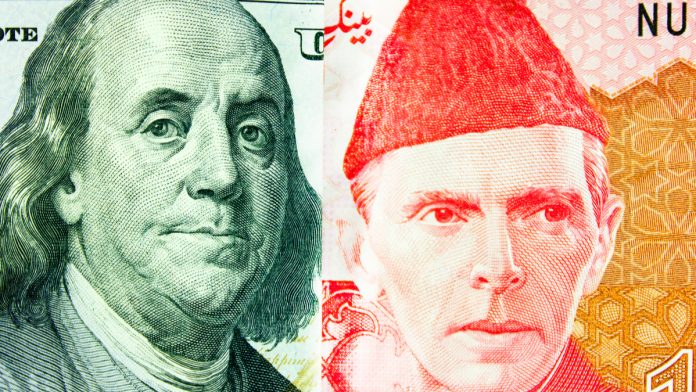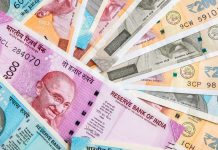Risk aversion is pulling on the Pakistani Rupee for a second straight session. The Pakistani Rupee settled -0.6% lower versus the greenback on Tuesday at 160.37.
At 10:15 UUTC, USD/PKR is edging -0.1% lower at 160.45. This is at the upper end of the trading range of 159.25 – 160.45 as the Rupee continues to ease of recent 2-month highs amid rising trade tensions.
Chinese PPI -3.1%
The Pakistan Rupee is under pressure as investors adopt a defensive stance over fear of reigniting US – China trade tensions and following weak data from China.
China reported a sharp decline in both consumer and producer price inflation, which highlights the challenges that authorities are facing in lifting demand in the world’s second largest economy.
Chinese factory gate prices -3.1% in April compared with a -1.5% decline in March. This was more than the -2.6% that analysts expected amid a sharp downturn in external demand.
China’s difficulties in ramping up economic growth again is important because China is Pakistan’s principal trading partner. Weakness in the Chinese economy means any recovery in the Pakistan economy will be more drawn out.
Adding to the Pakistani Rupee’s woes are rising trade tensions between the US and China. Trump has shut the door to the renegotiation of the Phase 1 trade deal terms.
US Inflation To Decline -0.8% in April
The safe haven US Dollar is pushing high on Tuesday amid global trade tension. Investors will now look ahead to the release of US inflation data, the consumer price index (CPI). Analysts are expecting CPI to decline -0.8% month on month in April as demand dried up and prices declined and as the price of oil plunged 60%. On an annual basis inflation is expected to print at 0.4%. This is significantly below the Federal Reserve’s 2% target.
Core inflation, which removes more volatile items such as food and fuel is expected to decline -0.2% in April. This will be the largest monthly drop in core inflation since 1980. Core inflation has only decline -0.2% in a month around 5 times since records began in 1957.
A weaker than forecast CPI reading could fuel speculation that the Federal Reserve will consider negative interest rates to continue supporting the US economy.




